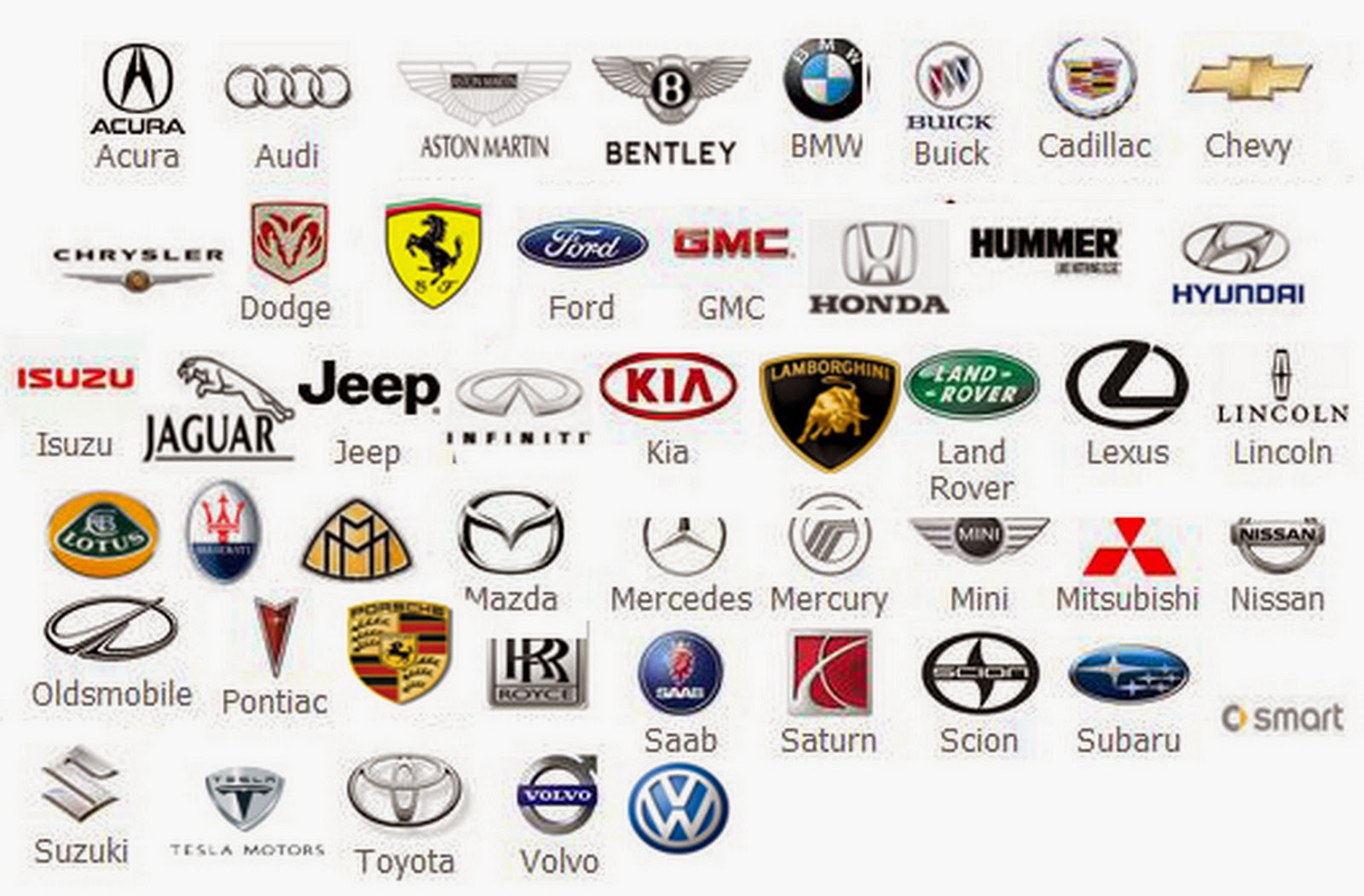Car logos are much more than just symbols; they are a reflection of a brand's identity, heritage, and vision. From the majestic prancing horse of Ferrari to the interlocking rings of Audi, each symbol tells a unique story and captures the essence of the brand it represents. Whether you're a car enthusiast or simply curious about the meaning behind those iconic emblems, understanding the names of car logos can be a fascinating journey through automotive history and design.
Automobile manufacturers have long relied on distinctive logos to differentiate themselves in a competitive market. A well-designed logo can evoke a sense of luxury, innovation, performance, or reliability. Beyond their visual appeal, these logos often carry a deeper meaning, rooted in the history, culture, and philosophy of the company. For instance, Toyota’s three ovals represent unity, trust, and global expansion, while BMW’s circular logo nods to its aviation heritage. Each logo is a work of art, meticulously crafted to leave a lasting impression.
In this article, we will explore the names of car logos, dissecting their design elements, historical significance, and what makes them resonate with people worldwide. Whether you're interested in luxury brands, electric vehicles, or everyday cars, this comprehensive guide will leave you with a newfound appreciation for the artistry and thought behind the automotive industry's most recognizable symbols.
Read also:Rachel Maddow Height And Weight An Indepth Profile Of The Renowned Journalist
Table of Contents
- The History and Origin of Car Logos
- Luxury Car Logos and Their Symbolism
- Sports Car Logos and Their Significance
- Mass-Market Car Logos
- Electric Vehicle Logos and Modern Designs
- Iconic European Car Logos
- American Car Logos and Their Meanings
- Japanese Car Logos and Their Symbols
- Korean Car Brand Logos
- The Evolution of Car Logos Over Time
- The Art and Design Behind Car Logos
- How Car Logos Influence Brand Loyalty
- Lesser-Known Car Logos and Their Meanings
- Frequently Asked Questions About Car Logos
- Conclusion
The History and Origin of Car Logos
Car logos have a rich history that dates back to the early 20th century, a time when automakers sought to distinguish their vehicles in a burgeoning industry. These logos not only served as branding tools but also as representations of the company’s ethos and aspirations.
One of the earliest examples of a car logo is Mercedes-Benz's iconic three-pointed star, which debuted in 1909. The star represents the company's ambition to dominate land, sea, and air transportation. Similarly, Ford's blue oval first appeared in 1927, symbolizing quality and reliability. These early designs laid the foundation for how logos would evolve over time.
Interestingly, many car logos are rooted in personal or cultural significance. For example, Ferrari's prancing horse was inspired by a World War I flying ace who painted a similar emblem on his plane. Meanwhile, Alfa Romeo’s logo incorporates a red cross and serpent, drawing from Milanese and Italian heritage. Each logo carries a story, making them more than just a badge on a car.
The Role of Heraldry and Symbolism
In the early days of the automobile, many companies drew inspiration from heraldry and traditional symbols. For instance, Peugeot's lion emblem, introduced in the 1850s for its tool manufacturing business, was adopted for its automobiles in the 1900s. The lion represents strength and agility, qualities the brand wanted to associate with its vehicles.
Another example is Rolls-Royce's Spirit of Ecstasy, a hood ornament rather than a logo, which epitomizes elegance and luxury. Over time, these logos and symbols became synonymous with the brands, making them instantly recognizable worldwide.
Key Takeaway
Understanding the origins of car logos provides insight into the values and history of automotive brands. These emblems are not just decorative; they are storytelling devices that connect consumers to a brand’s legacy.
Read also:Top K Pop A Definitive Guide To The Best Of Korean Pop Culture
Luxury Car Logos and Their Symbolism
Luxury car brands are known for their attention to detail, not just in their vehicles but also in their logos. These logos often exude sophistication, exclusivity, and innovation.
Take, for instance, Bentley’s winged 'B,' a symbol of speed and freedom, or the minimalist elegance of the Rolls-Royce double 'R.' Audi’s four rings signify the union of four companies that formed the Auto Union in 1932. These designs are not only visually striking but also deeply meaningful.
Interestingly, many luxury car logos incorporate premium materials in their physical form. For example, the badges on a Rolls-Royce are often made from high-quality materials like enamel and precious metals, further emphasizing the brand's opulence.
Luxury and Exclusivity in Design
Luxury car logos also serve as status symbols. The mere sight of a luxury brand emblem can evoke feelings of prestige and admiration. Brands like Lamborghini and Ferrari have logos that are instantly recognizable, even to those who may never own their cars.
Key Takeaway
Luxury car logos are a blend of artistry and symbolism, designed to convey the brand’s values of exclusivity and performance.

.jpg)